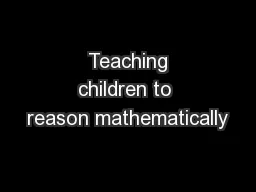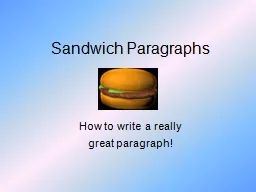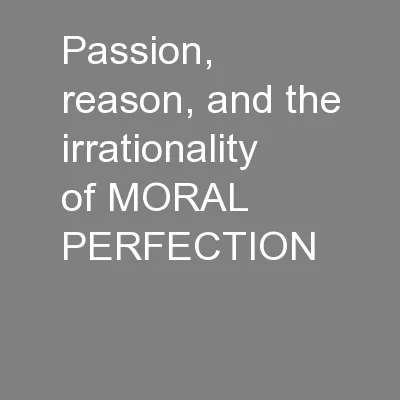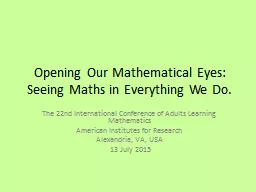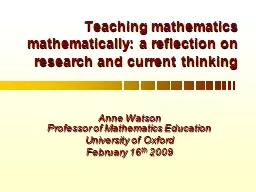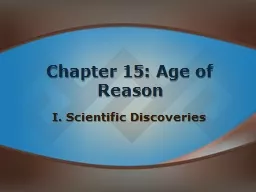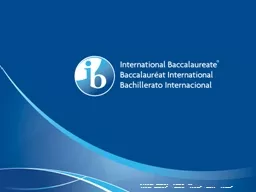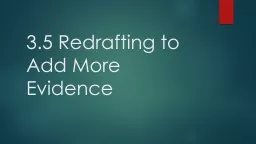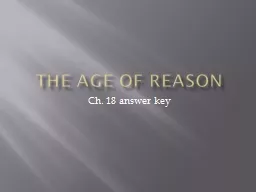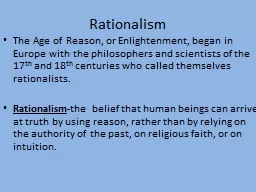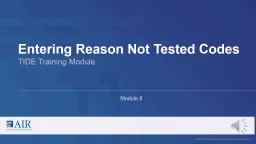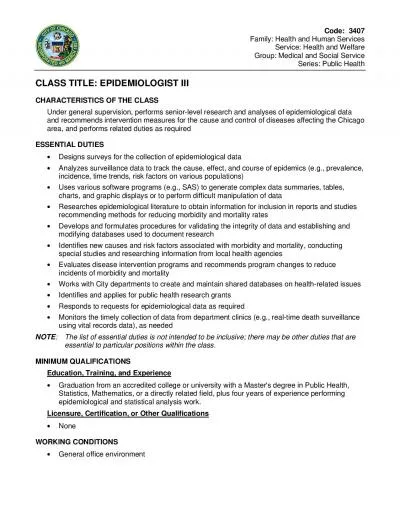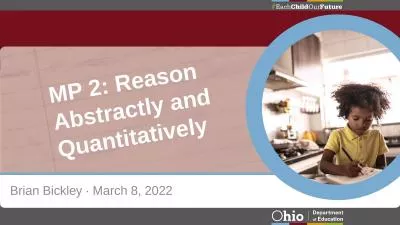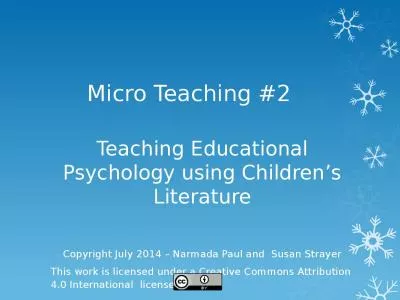PPT- Teaching children to reason mathematically
Author : jane-oiler | Published Date : 2017-04-02
Anne Watson Ironbridge 2014 University of Oxford Dept of Education Plan Mathematical reasoning In the curriculum The sad case of KS3 geometry Getting formal Support
Presentation Embed Code
Download Presentation
Download Presentation The PPT/PDF document " Teaching children to reason mathematic..." is the property of its rightful owner. Permission is granted to download and print the materials on this website for personal, non-commercial use only, and to display it on your personal computer provided you do not modify the materials and that you retain all copyright notices contained in the materials. By downloading content from our website, you accept the terms of this agreement.
Teaching children to reason mathematically : Transcript
Download Rules Of Document
" Teaching children to reason mathematically "The content belongs to its owner. You may download and print it for personal use, without modification, and keep all copyright notices. By downloading, you agree to these terms.
Related Documents

